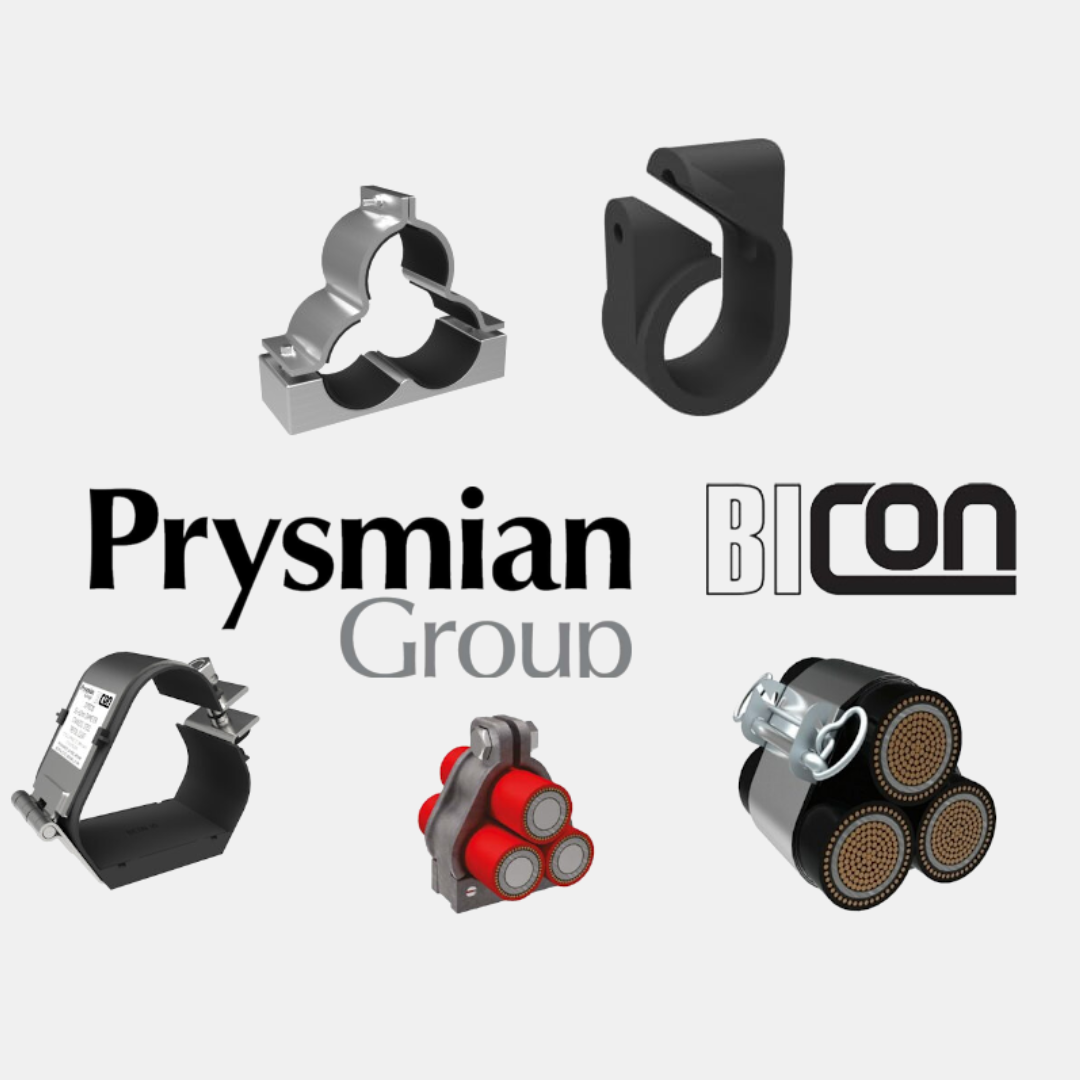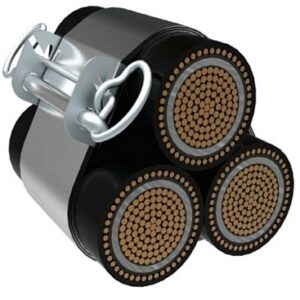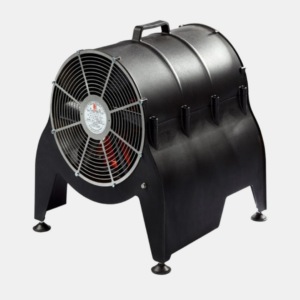Cable cleats can prolong the lifespan of cables and reduce the severity of short circuits, making them a hugely effective addition to your cable installations.
But what are cable cleats and when should they be used? In this guide we’ll answer those questions, as well as looking at some of the different types of metal cable cleats and plastic cable cleats currently on the market.
What are cable cleats?
Cable cleats are devices – usually in the form of metal or plastic straps – that secure cables in position at intervals along their length.
There are two main reasons to do this:
1. Hold cables together
A cable cleat can be used without a mounting surface, simply as a way to hold cables together. For example, many Prysmian cable cleats feature a triangular or trefoil shape, suitable for securing three cables together at intervals.
This can reduce damage in the event of a short circuit, by preventing the affected cable from recoiling and allowing for a much smaller repair to be carried out.
2. Secure cables to a surface
When used with a mounting surface, cable cleats can fix cables together AND in place, or may be used to hold a single cable on a particular surface.
Surfaces may include beams, rails, struts, wires, trays and ladders, and cable cleats are supplied as standard with a means of attachment to any suitable mounting surface.
When should you use cable cleats?
One of the biggest applications of cable cleats is to prevent cables being damaged under their own weight. Especially with thick industrial cables, long spans can be very heavy, putting extra strain on the terminations.
Cable cleats attached to a mounting surface relieve the cable of bearing this weight, supporting it at regular intervals as required so that the forces exerted are dissipated into the mounting surface, rather than into the cable and its terminations.
As mentioned, cable cleats can be used without a mounting surface. This still allows cables to be held together – like an industrial cable tie – and can improve safety in the event of a short circuit.
Types of cable cleats
There are two main types of cable cleats: metal cable cleats and plastic cable cleats. Each has its own advantages and applications.
Metal cable cleats
Metal cable cleats can be used to secure individual cables (e.g. the Prysmian 370 Aluminium Claw Cleat) or multiple cables, usually in a trefoil or ‘triangle’ formation.
You can choose between different metals, including non-conductive aluminium cable cleats, stainless steel cable cleats, and products like the Prysmian 379 Sirius Cleat which includes an LSOH (low smoke, zero halogen) lining.
Plastic cable cleats
Plastic cable cleats like the Prysmian 385 Telcleat can be used with cables of varying diameters, to secure the cable in place with a UV and weather-resistant fixing point that can be double stacked to hold two cables on a single fixing.
Specifications will vary between different products, but with wide operating temperature ranges and excellent durability, plastic cable cleats can be an affordable way to secure cables in position in harsh and industrial environments.
How to specify cable cleats
When specifying cable cleats, there are several characteristics you may need to select. First and foremost, think about the cables you want to secure, and the kinds of protection they need.
Materials
As mentioned, there are a variety of different metal cable cleats and plastic cable cleats, including some LSOH-lined products like the Prysmian 379 Sirius Cleat. Choose materials suitable for your environment and for the type of cable you want to secure.
Cable Diameter
Cable diameter is one of the most straightforward specifications. Some items, like the Prysmian 370 Aluminium Claw Cleat, give you the option to specify diameter when you place your order, ranging from 10mm up to 51mm at approximately 3mm intervals.
Epoxy coating
An epoxy coating option on products like the Prysmian 370 Aluminium Claw Cleat can offer increased longevity in harsh outdoor environments, and this can be specified when placing your order.
Epoxy coating is also standard on some harsh and industrial cable cleats, such as the Prysmian 376AC Libra Cleat, so check the technical specifications or contact our technical team if you want to verify this before ordering.
Conclusion
Cable cleats are an essential investment if you are installing long spans of cable in harsh and industrial environments. They can hold cables in place, reduce the risk of damage under their own weight, and improve outcomes in the event of a short circuit.
With cable cleats available in bulk, you can place them at frequent intervals along all your permanent cable routes, reducing the load on your cables quickly and easily, and providing peace of mind for personnel working in the surrounding area.







